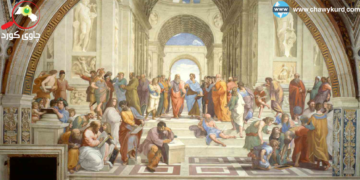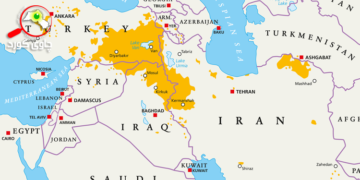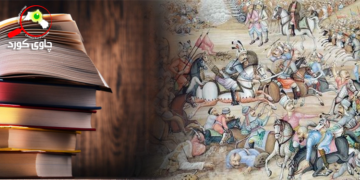The criminal punishment is a lesson for others and groups to prevent the spread of the crime because goals of solving the criminal conduct are behind it. The law has also placed many responsibilities on journalists and institutions that violate laws, decisions and guidelines.
Responsibilities
The responsibility for the punishment of journalists is the fine and imprisonment, as follows:
1.The fine; including taking an amount of money from the violator’s side to the state’s treasury, which the amount has been identified by the law. Basis of determining this amount of the money are:-
A.The amount of fines relies on the size of the criminal behavior.
B.Fines are only receiving money.
C.Fines go to the government’s treasury.
D.The amount of fines received is equal for everyone (it does not make differences between a rich and poor journalist, a rich income media outlet and poor income media outlet)
E.The amount has specified according to sections and legal articles, which are based on the risks of behavior.
2.Imprisonment; detention of criminal persons for the purpose of banishment from the society and making reform in their own behavior.
The most important principles of compensation by the judge are: –
1. The amount of compensation is based on the size of the damage caused by publication of a subject, or a picture of a person or groups.
2. Compensation may be in both material and morale ways. This means that damaged sides can call “money” materially, or be compensated as saying “apologies and corrections”.
3. The Compensation is for the damaged sides.
4. The amount of compensation will vary according to “persons and sides”, “the time and place of publication of harmful subjects”. For example, at election time, hurting a person and a party is more compensatory than normal times.
5. The judge in court determines the amount of material and morale compensation. In the 2007 Press Law No. 35 did not specify any reference for the lowest and highest amount of compensation for the affected individuals and sides; therefore, this law opens the judiciary to return to civil law
The punishing and civil responsibility of journalists and media outlets
The criminal punishment is a lesson for others and groups to prevent the spread of the crime.
0
SHARES
5
VIEWS




























































